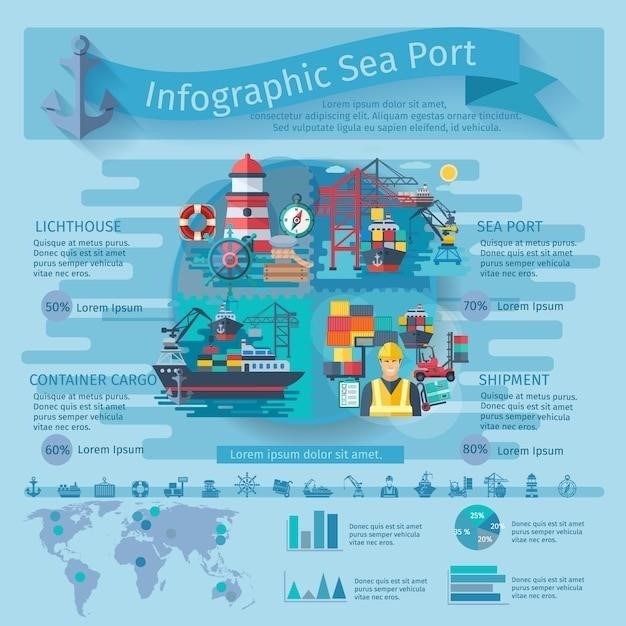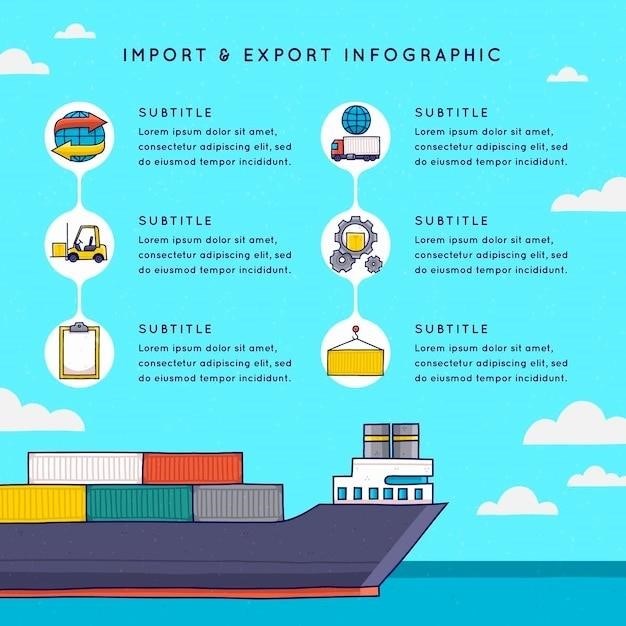This comprehensive guide will walk you through the art of contouring and highlighting, providing you with the knowledge and techniques to sculpt and define your features for a more sculpted and radiant look. Discover the benefits of contouring and highlighting, learn the essential steps and techniques, and explore tips for beginners and common mistakes to avoid.
Introduction
Contouring and highlighting are makeup techniques that use strategically placed shadows and light to sculpt and define the features of the face. This art form, often referred to as “chiseling” or “shaping,” has gained immense popularity in recent years, with countless tutorials and products flooding the beauty market. The goal of contouring and highlighting is to enhance natural features by creating the illusion of depth and dimension, ultimately resulting in a more sculpted and balanced appearance. From subtle everyday looks to dramatic transformations, contouring and highlighting offer a versatile tool for enhancing your beauty and achieving your desired makeup aesthetic.
What is Contouring and Highlighting?
Contouring involves using a darker shade of makeup, typically a matte bronzer or cream contour stick, to create shadows and define certain areas of the face, such as the cheekbones, jawline, and sides of the nose. This creates the illusion of depth and definition, making these features appear more sculpted. Highlighting, on the other hand, uses a lighter shade, often a shimmery highlighter or illuminator, to emphasize and brighten specific areas, like the brow bone, cheekbones, and cupid’s bow. This technique creates a radiant glow and enhances the natural contours of the face. Together, contouring and highlighting work in harmony to create a balanced and sculpted look, enhancing the natural features of the face.
Benefits of Contouring and Highlighting
Contouring and highlighting offer a multitude of benefits, enhancing your natural features and creating a more defined and sculpted appearance. It can help to create the illusion of a more defined jawline, slim down a wider nose, and elevate cheekbones, accentuating your best features. By strategically placing light and shadow, you can create a more balanced and harmonious facial structure, giving you a more sculpted and contoured look. Moreover, contouring and highlighting can also add dimension and depth to your face, making it appear more three-dimensional and enhancing your overall makeup look. Whether you are seeking to accentuate your cheekbones, define your jawline, or simply add a touch of radiance, contouring and highlighting are powerful makeup techniques that can help you achieve your desired look.
Contouring and Highlighting Techniques
Mastering the art of contouring and highlighting involves a series of strategic steps, each playing a crucial role in achieving the desired sculpted look. It’s important to remember that practice makes perfect, and with each application, you’ll become more familiar with the techniques and nuances. Experiment with different products and tools to find what works best for you. The key to a flawless contour is blending, so take your time to seamlessly blend the contour and highlight shades into your skin. Don’t be afraid to adjust the intensity of the contour and highlight depending on your personal preference and the occasion. Contouring and highlighting can be a transformative makeup technique, allowing you to sculpt, define, and enhance your features, creating a more balanced and harmonious appearance.
Step 1⁚ Prep Your Products
Before you begin, gather your contour and highlight products. You’ll need a contour shade that’s one to two shades darker than your skin tone and a highlighter that’s one to two shades lighter. Opt for cream, powder, or stick formulas depending on your preference and skin type. Cream contour and highlight products provide a more natural-looking finish and are ideal for beginners. Powder formulas are perfect for setting makeup and achieving a longer-lasting look. Stick formulas offer convenience and precision, making them great for on-the-go application. Remember to choose shades that complement your skin tone and the overall makeup look you’re going for.
Step 2⁚ Trace Your Cheekbones
To create the illusion of higher cheekbones, use your contour product to trace a line along the hollows of your cheeks, starting from the outer corner of your eyes and extending downwards towards your ears. This line should follow the natural curve of your cheekbones, creating a shadow effect. Don’t be afraid to experiment with the shape and intensity of the line to find what suits your face best. For a more subtle look, use a light hand and blend well. If you prefer a bolder contour, apply the product more heavily and focus on blending the edges for a seamless finish. Ensure the line is smooth and even, creating a natural shadow that defines your cheekbones.
Step 3⁚ Sculpt Nose, Jawline and Hairline

To refine your nose, use a small contour brush to create two thin lines along the sides of your nose, starting from the bridge and blending downwards towards the tip. This creates the illusion of a slimmer, more defined nose. To enhance your jawline, apply contour along the bottom of your jaw, blending it downwards and outwards to create a more sculpted look. This technique can also help to minimize the appearance of a double chin. For a more defined hairline, apply contour along your hairline, blending it upwards and outwards to create the illusion of a higher forehead. This technique is particularly helpful for those with receding hairlines or who want to create a more balanced facial structure.
Step 4⁚ Buff and Blend
The key to a natural-looking contour is seamless blending. Use a fluffy brush or a damp beauty sponge to gently blend the contour lines into your skin. Start with light, circular motions, gradually building up the intensity as needed. Focus on blending the edges of the contour lines, ensuring there are no harsh lines or streaks. Pay particular attention to the areas where the contour meets your foundation, using a back-and-forth motion to create a smooth transition. Remember, the goal is to create subtle shadows, not harsh lines, so blend until the contour is fully integrated into your skin.
Step 5⁚ Finish with Highlighter
After blending your contour, it’s time to add the finishing touch with highlighter. Choose a highlighter that complements your skin tone and desired effect. For a subtle glow, opt for a cream or liquid highlighter, while a powder highlighter will provide more intensity. Apply highlighter to the high points of your face, such as your cheekbones, brow bones, cupid’s bow, and the bridge of your nose. Use a small, fluffy brush or your fingertips to gently tap the highlighter onto these areas, ensuring it blends seamlessly with your foundation. You can also use a fan brush for a more diffused, ethereal glow. Remember, less is more when it comes to highlighter, so start with a small amount and build up the intensity as needed.
Contouring and Highlighting for Different Face Shapes
Contouring and highlighting can be tailored to enhance your unique face shape. For a round face, contour the sides of your forehead, temples, and jawline to create a more defined shape. Highlight the center of your forehead, the bridge of your nose, and your chin to draw attention upwards. For a square face, contour the corners of your forehead and jawline to soften the angles. Highlight the center of your forehead, cheekbones, and chin to create a more balanced look. An oval face is considered ideal, but you can still enhance its features by contouring the temples and jawline lightly and highlighting the center of your forehead, cheekbones, and chin.
Tips for Beginners
Starting with contouring and highlighting can seem daunting, but with these beginner-friendly tips, you’ll be on your way to achieving a sculpted look⁚
- Start with a light hand⁚ Use a small amount of product at first and gradually build up the intensity. You can always add more, but it’s harder to remove excess product.
- Choose the right shades⁚ Opt for shades that are only a few shades darker or lighter than your natural skin tone for a natural look.
- Blend, blend, blend⁚ The key to seamless contouring and highlighting is blending. Use a brush or sponge to seamlessly blend the edges of your products for a natural, diffused finish.
- Practice makes perfect⁚ Don’t be discouraged if you don’t get it right the first time. With practice, you’ll become more comfortable with the techniques and find what works best for your face shape and skin tone.
- Don’t forget the blush⁚ Add a pop of color to your cheeks to create a more natural and healthy glow.
- Use a mirror⁚ Look in a mirror as you apply your contour and highlighter to ensure you’re applying it in the correct areas.
Common Mistakes to Avoid
Contouring and highlighting can be tricky, and even experienced makeup enthusiasts can make mistakes. Here are some common pitfalls to avoid⁚
- Overdoing it⁚ Too much contour or highlighter can look unnatural and heavy. Start with a light hand and gradually build up the intensity as needed.
- Using the wrong shades⁚ Choose shades that are only a few shades darker or lighter than your natural skin tone. Using shades that are too dramatic can create harsh lines and an unnatural look.
- Not blending properly⁚ Proper blending is crucial for a seamless finish. Use a brush or sponge to blend the edges of your products thoroughly and avoid any harsh lines.
- Applying contour too high⁚ Contour should be applied below the cheekbones, not above. Applying it too high can make your face look wider.
- Forgetting to set your makeup⁚ Set your contour and highlighter with powder to help it last longer and prevent it from creasing.
- Using the wrong tools⁚ Choose brushes or sponges that are designed for contouring and highlighting. Using the wrong tools can make it difficult to blend and achieve a smooth finish.
Contouring and highlighting is a transformative makeup technique that can enhance your natural features, creating a more sculpted and defined look. It’s a skill that takes practice and experimentation, but with the right products, tools, and techniques, you can achieve stunning results. Remember to start with a light hand, blend thoroughly, and choose shades that complement your skin tone. By avoiding common mistakes and embracing the power of contouring and highlighting, you can unlock a world of possibilities for your makeup artistry.


